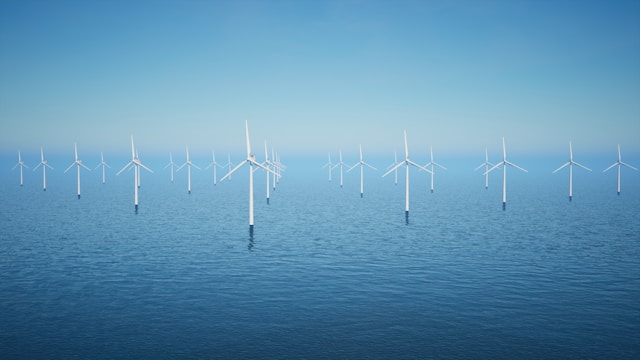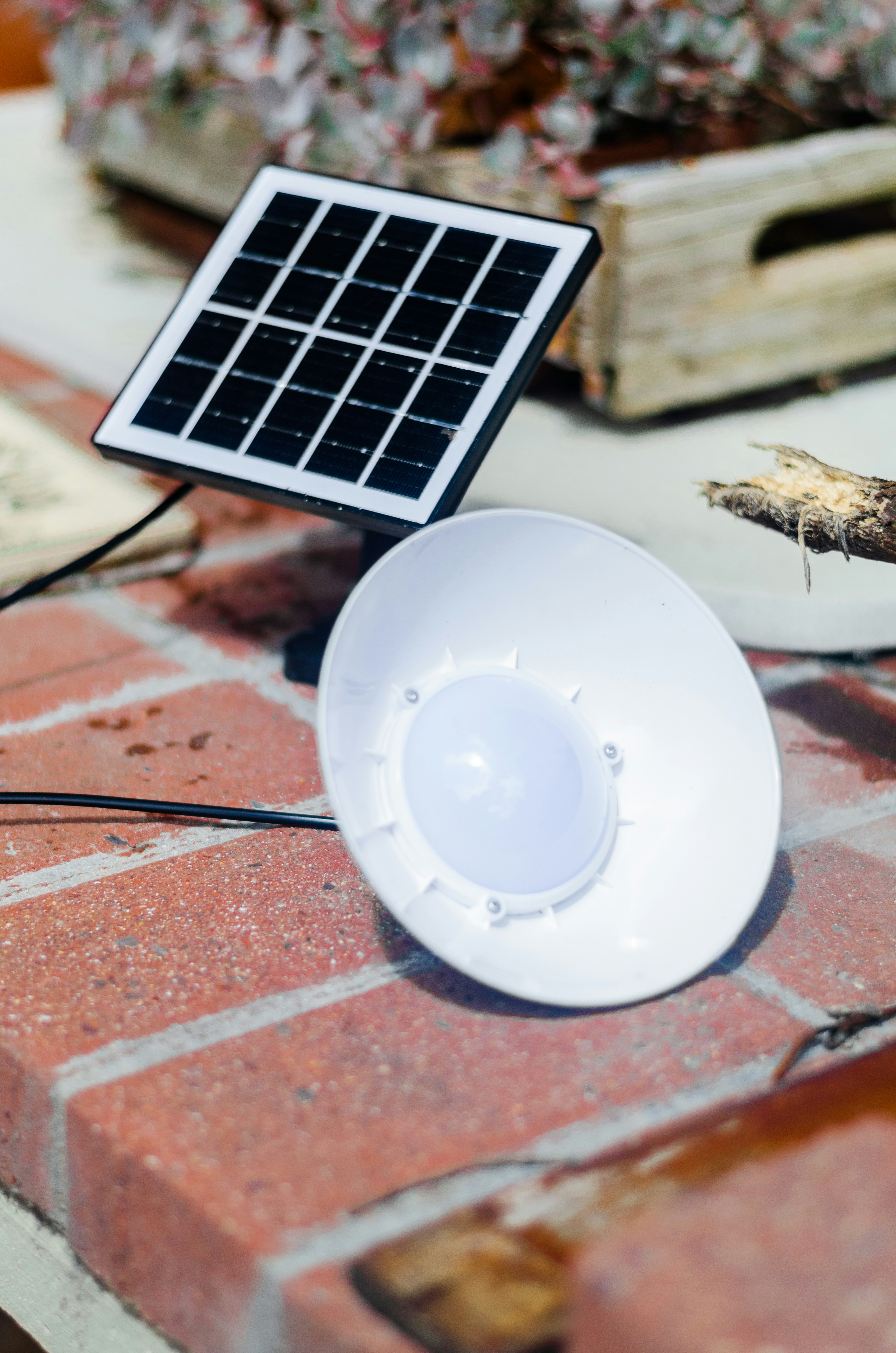What is green energy?

Green energy is a term used to describe sources of energy that are considered to be environmentally friendly and non-polluting, such as geothermal, wind, solar, and hydroelectric power. These sources of energy are considered to be green because they do not produce greenhouse gases or other pollutants that contribute to climate change.
Distributed generation is a term used to describe the process of generating electricity from many small energy sources closer to where the energy will be used. This is in contrast to the more traditional method of generating electricity in large, centralized power plants. Distributed generation can be powered by renewable energy sources, and it can be used to power homes, businesses, and even entire communities.

